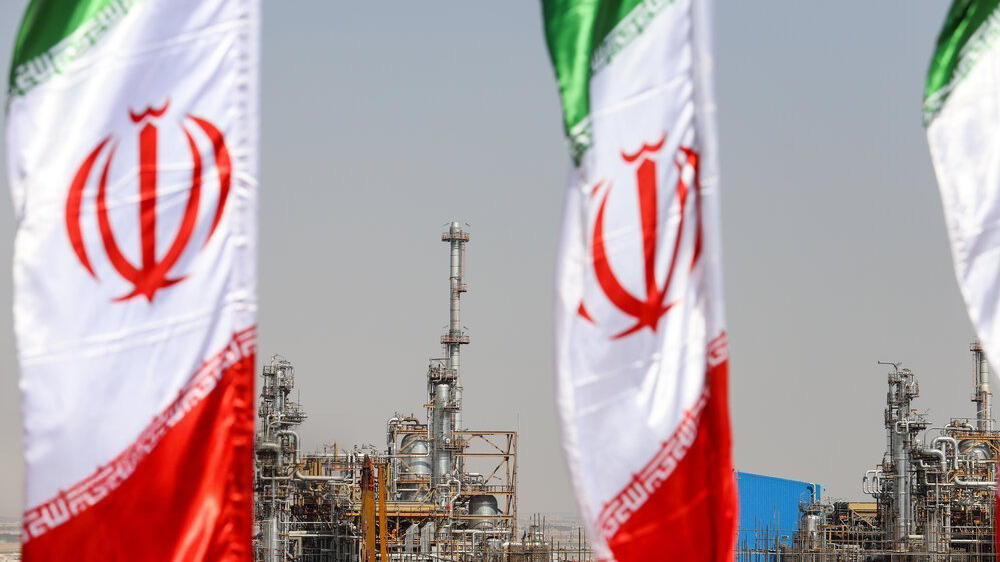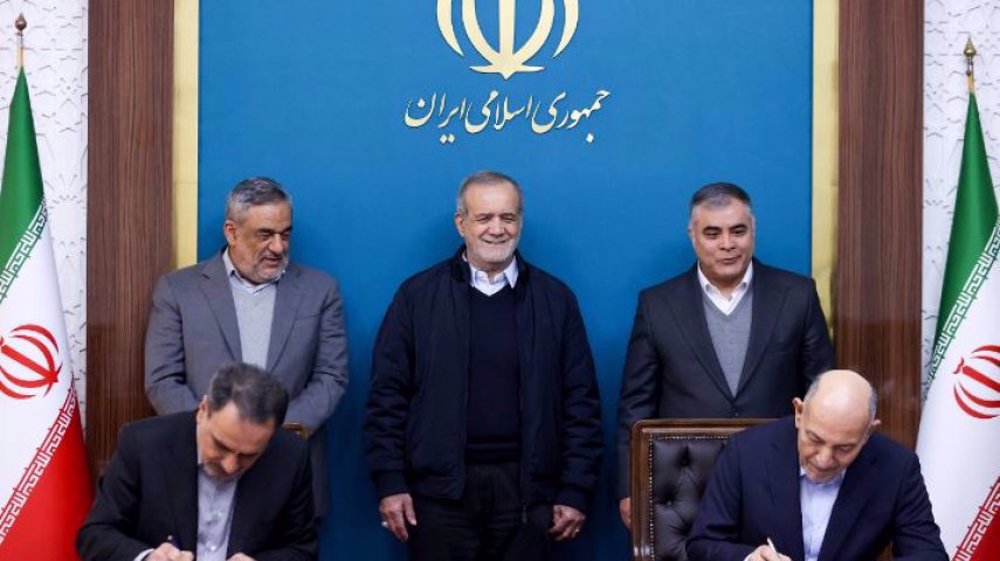Iran, Oman to discuss gas pipeline project in Tehran
Managing Director of the National Iranian Gas Export Company (NIGEC) says an Omani delegation will arrive in Tehran next week to discuss a planned pipeline, which is expected to transfer Iran's natural gas to the Persian Gulf sultanate.
Ali Reza Kameli was quoted by SHANA news agency as saying that during the visit, the two sides will choose a consultancy to study the construction of the second part of the pipeline, which will be 200-km long, connecting Iran's Kuh Mobarak region in Hormozgan Province to Oman’s Sohar port.
The official said the two countries’ experts have been in close contact during past months, adding that Tehran and Muscat are bent on implementing the project.
Kameli stated that the pipeline has two onshore and offshore parts.
“The onshore part of the project runs for about 200 km from Rudan [region] to Kuh Mobarak, while the undersea part, will travel for another 200 km to connect Kuh Mobarak to Oman’s Sohar port,” he noted.
Last March, Iran's state news agency, IRNA, reported that the country has signed an agreement to export 10 billion cubic meters (bcm) of gas per year to Oman by building a pipeline across the Persian Gulf at an estimated cost of USD 1 billion.

The agreement, signed during President Hassan Rouhani's visit to Muscat, was the follow-up to a memorandum of understanding the two countries had signed according to which Iran's gas sale to Oman was expected to start in 2015.
However, on April 11, Iran’s media said the country’s project to pipe natural gas to Oman had hit a snag.
“Negotiations over the export of gas to Oman are still underway at the Ministry of Petroleum,” said Hamid Reza Araqi, the managing director of the National Iranian Gas Company (NIGC), who added, “There has yet been no progress in the negotiations as of yet.”
A few days later, Oman’s Minister of Oil and Gas Mohammed Al Rumhy was quoted by the Gulf Times as saying that the project to import Iran's natural gas through sea had hit a snag due to a disagreement over the route of the undersea pipeline.
Noting that Iran and Oman were yet to agree on the route of about 200-km underwater pipeline, he added, “The first phase is to agree on the route. Once we agree on the route we will move onto the second phase, which is the design of the pipeline itself.”
Iran, which sits on the world’s largest gas reserves, intends to enhance gas production by increasing foreign and domestic investment, especially in its South Pars gas field.
South Pars gas field covers an area of 9,700 square kilometers, 3,700 square kilometers of which are in Iran’s territorial waters in the Persian Gulf. The remaining 6,000 square kilometers are situated in Qatar’s territorial waters.
The field is estimated to contain a significant amount of natural gas, accounting for about eight percent of the world’s reserves, and approximately 18 billion barrels of condensate.
SS/SS
Israeli bullets found in bodies of children killed in recent Iran riots: Report
South Korean civic leaders demand peace with North
VIDEO | Iran foreign-backed terrorist attacks: Italian diplomats decry US-Israel interference
VIDEO | Israel demolishes UNRWA structures in East al-Quds
VIDEO | Press TV's news headlines
VIDEO | 100+ days of ceasefire: Israeli killing of Palestinians continue amid Intl. silence and impunity
VIDEO | EU split over new Iran sanctions amid claims of double standards
VIDEO | Gaza’s silent plague: Mysterious virus claims lives amidst total medical collapse










 This makes it easy to access the Press TV website
This makes it easy to access the Press TV website